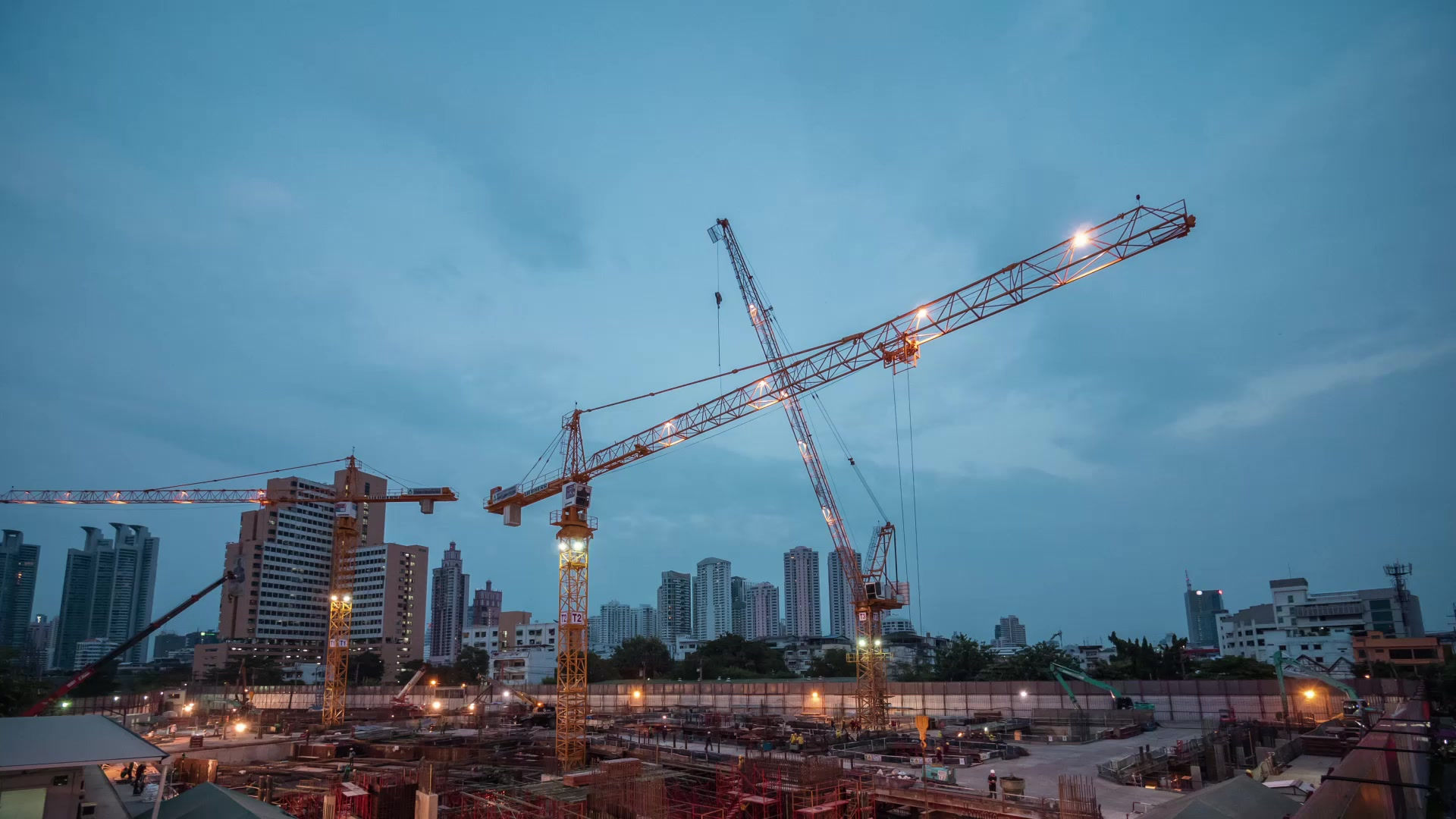
WELDER
The welder can intervene in a workshop or most of the time on site in companies of various sectors of activity (steel, metallurgy, pharmaceutical, food, nuclear, etc.). He often teams up with other workers such as mechanics, boilermakers and pipefitters.
It performs welding operations (fusion assembly) on pre-assembled metal elements such as sheet metal sub-assemblies, boilermaking, piping, tanks, etc.
It implements welding processes (TIG, semi-auto, coated electrode, brazing) on different metals (steel, stainless steel, aluminum, copper, etc.) and types of parts (sheet metal tubes, angles.).
It can use different welding positions (flat, up, down) and assembly types (butt, lap, inside angle, etc

DESCRIPTION OF SIGNIFICANT ACTIVITIES
1/ Preparation of welding activities:
-
Take note before intervention: construction plans, maintenance file, constraints (temperature, pressure, mechanical forces), history of interventions, checks to be carried out
-
Make sure to record the installation, QHSE instructions and specific PPE port
-
Prepare the work area and the means necessary for the activity:
-
(Identify OF and check energy and consumables.) Security/Environment: organize and secure the work area, identify risks and authorizations
-
Follow DMOS instructions, read plan and identify welding areas
-
Check supply of parts to be positioned and assembled
-
Report the missing and defects to the manager
-
May be required to assist the Boilermaker in assembling piping sections and supports and assist with ribing
2/ The realization of pointing and welding positioning operations
-
In case of repair: visual inspection and penetrant techniques before intervention
-
Check and Adjust welding parameters (welding station, gas flow rate used, wire speed.)
-
Perform the positioning of the elements according to the plan, the docking (degrease, whiten, adjust, grind, point and prepare the joint between the 2 parts to be welded
-
Perform welds according to the appropriate processes and applicable standards by anticipating deformations, provide flexibility if necessary for retouching (preparation of parts, preheating, execution of passes, descaling)
-
Check and check the conformity of the weld according to the CDC: visual quality control (welding aspect and geometry of the assembly) or penetrant defect surface with a product =CND
-
Report on its activity: fill in the working documents technical sheets of intervention: traceability, anomalies, hazards (quality, time), difficulties, warning points: identification of non-conformities and actions carried out according to instructions , information of quality docs according to company procedures but also proposals for improvements (process, workstation organization )
-> save these documents with legal value = proof of compliance with the regulations Fill in the CMMS if existing
-
Perform service and maintenance of the first level of the welding station (ex change the nozzles of the welding torch, remove the suction filter of the welding station) and order and cleanliness of the workstation and waste management.
RESPONSIBILITIES AND SCOPE FOR ACTION
Reference to expected results
-
Guarantor of the conformity of welds made with respect to quality expectations
-
Control its production constantly: Self-check and refer to its manager in case of problem and correct non-conformities following instructions
-
Guarantor of compliance and application of QHSE rules
SPECIFIC SKILLS AND KNOWLEDGE
-
Knowledge of welding techniques and ability to handle welding processes (111, 135, 136, cast iron welding, manganese, various steel grades, etc.)
-
Welding licenses or approvals or certifications or qualifications provided only by approved bodies valid for 3 years and subject to validation by the entrepreneur every 6 months
-
Knowledge and respect of the D.M.O.S (description of the welding procedure) and standardized welding symbols
-
Proficiency in reading plans and isometrics
-
Use of dimensional control equipment
-
Knowledge of mechanical-welded assembly, rib taking, etc.
-
Knowledge of risks: intervention limits and application of safety rules
-
Knowledge of production quality standards
-
Basic knowledge of service
-
Possibility of using a machine requiring a possible authorisation: CACES (bridge, hoist, forklift, etc.)
BEHAVIORAL SKILLS
-
Teamwork
-
Precision, rigor and meticulousness
-
Excellent visual acuity
-
Manual skill and dexterity
-
Sense of method
-
Concentration abilities
-
Good vision in space
